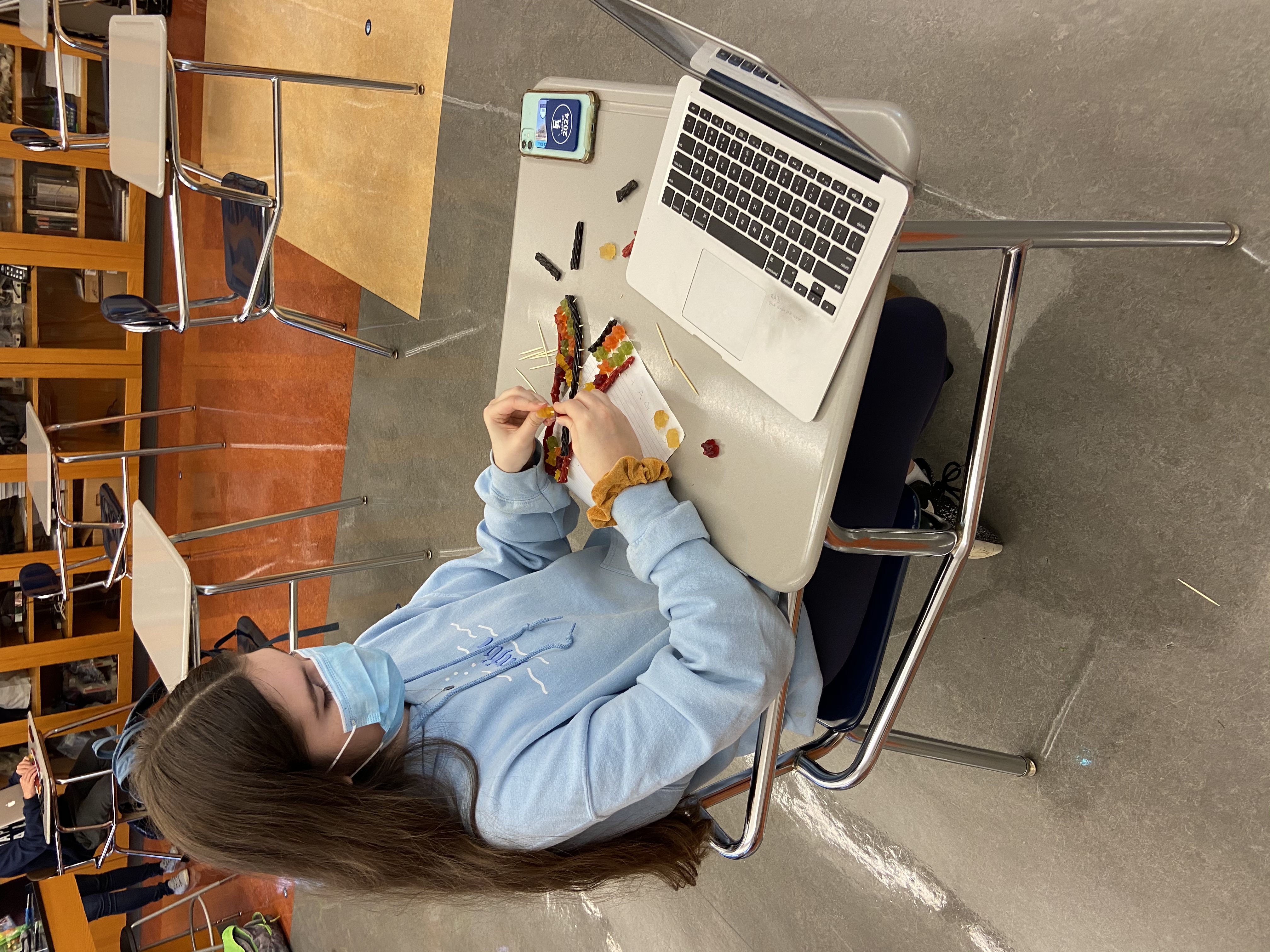Aryav Dhar ’24
The new Upper School science curriculum has given freshman students a glimpse into many different branches of science while still teaching in-depth material and providing a path for the future.
In previous years, freshmen would take biology, chemistry, and then physics consecutively, each for a full year. Now, students take each of these three disciplines in a non-honors, semester-long format before advancing to either level two or AP courses. The curriculum also includes a semester-long environmental science course. The main objective of this new system is to allow students to become acquainted with different sciences so that later on they can follow their unique path. ![]()
The fact that the curriculum allows students to choose the science they most enjoy from an early stage adds more versatility and creates a unique adventure through the Science Department for each student. This maximizes the chance that each student will enjoy and succeed in science because they are doing what they want to do. Grace Limaye, Science Department Chair and Class of ‘90, says, “We thought we would try to come up with a program that would give kids more options earlier on in their science career in high school.”
The curriculum’s implementation required the development of multiple syllabi and the approval of the administration. This idea formed two years ago when Upper School science teachers began thinking about ways to add more choice and flexibility to each student’s science path. Limaye explains that “a core set of teachers went to flesh out the sequence.” These teachers were the foundation of this curriculum and are one of the key reasons that this has succeeded. They thought of something that was not working and did not stop thinking until they knew how to resolve it.
Students have lots of great things to say about this curriculum. Ronak Nagar ‘24 says, “I think the new curriculum is a great way to let students inquire into the different sciences to choose what they want to gravitate towards later in the future.” Colin Schlitt ‘24 likewise comments that “You get to explore new topics in a short amount of time. So you get enough time to decide what you want to learn in the future and to explore new things.”
Still, the curriculum has its disadvantages. Schlitt adds, “You don’t have the most amount of time. It goes by really quickly. You don’t get through a ton of material.” Despite that tradeoff, Schlitt liked the curriculum overall, and comments, “I like this year’s [curriculum],” because, “you get to do two topics in one year.”
This new curriculum has many advantages over the old one. Previously, if a student wanted to take physics earlier than 11th grade, they would not be able to, but with this new approach, students can take physics in their freshman year. This curriculum caters to each individual’s interest and the path which can set them up for success later in school, college, and even as a profession. Limaye explains that “Some kids might not be inclined towards biology and rather take physics earlier.”Another advantage of this is allowing kids to accelerate faster. If a kid does really well in an introductory course, they could move onto the AP version of that course.
Once the current freshmen become seniors, the whole Upper School will be using this new approach. One more thing that the science department hopes to expand is the number of electives that are linked with this new science curriculum. Jennifer Jones, US Science Teacher explains that “within three years we should expect a completely new revamped curriculum with a ton of different electives, and we got so many teachers this year [who] hopefully have different ideas and different electives they want to teach.”


